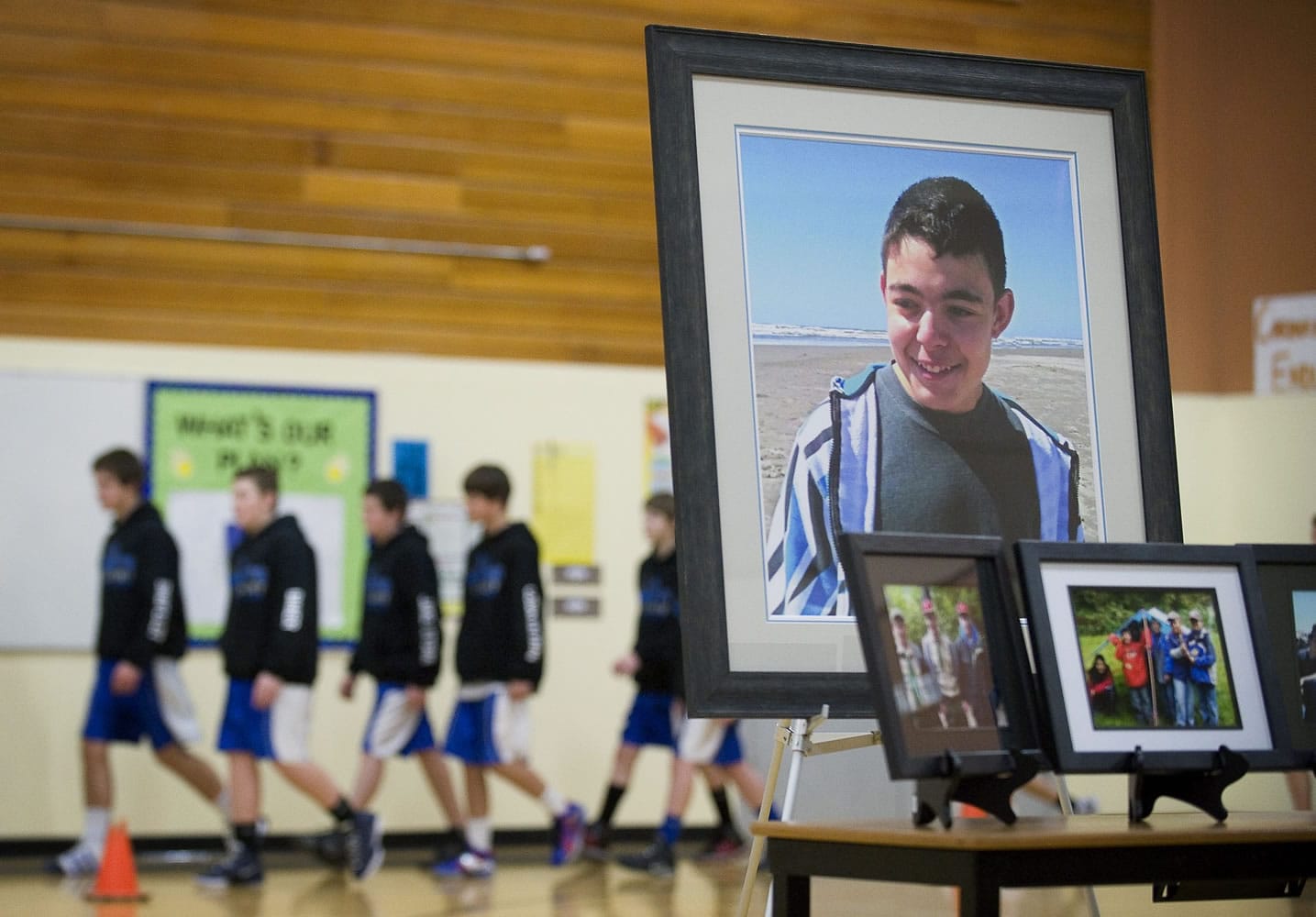By Ray Legendre
Columbian staff writer
Two months after Cody Sherrell's death, Clark Regional Emergency Services Agency refused to release the 911 call that chronicled his treatment inside the La Center Middle School gym on the grounds their dispatcher was a "health care provider."
The Columbian received the 911 tape on March 22, eight days after questioning the legality of the organization's refusal of its public records request. CRESA initially said it would not release the tape without written authorization from Cody's parents because it contained "health care information."
"Recordings of 911 calls are generally subject to disclosure under Washington's Public Records Act," said Eric Stahl, a Seattle-based attorney who represents The Columbian. "The agency's initial claim that the dispatcher was a 'health care provider' isn't supported by Washington law."
Cody died Jan. 9 at Randall Children's Hospital at Legacy Emanuel in Portland, six days after collapsing at the end of basketball practice.
The 911 call made by assistant coach Greg Hall shed light on why school officials did not use an automated external defibrillator on him.
The tape revealed the dispatcher told Cody's caregivers on two separate occasions to continue CPR rather than use the AED, before instructing them to use the device. CPR should be performed for two minutes on prepubescent patients before an AED is applied, said Dr. Lynn Wittwer, the medical program director for the county's emergency medical services.
The tape also revealed the people around Cody had difficulty finding the AED's pads to shock him once the dispatcher gave the go-ahead to use the device. The reason is unclear.
As of Monday, the La Center School District had not received the transcript of the call, Superintendent Mark Mansell said.
CRESA refused the school district's public records request on the same grounds it refused The Columbian's request, Mansell added.
The 911 call has been public for nearly three weeks.
Wittwer asserted his organization had nothing to hide but merely sought to avoid violating health privacy laws. "CRESA's not stonewalling," he said, "because there is absolutely no reason to stonewall."
Wittwer and Mansell agreed the tape could be a useful instructional tool for schools.



